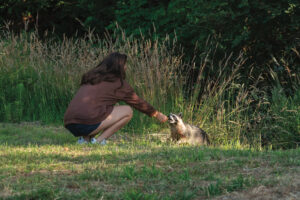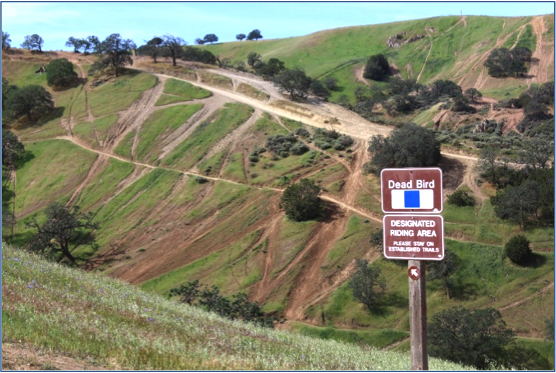
We write to warn of the imminent threat of a devastating failure of public land stewardship with implications for biological conservation and public health – the California Department of Parks and Recreation plan to open a natural landscape known as Tesla Park to off highway vehicle (OHV) recreation. Tesla is public parkland already owned by the State. Sadly, the State plans to allow expansion into Tesla by the neighboring Carnegie State Vehicular Recreation Area (SVRA) for OHV recreation. Instead, Governor Newsom should re-designate Tesla Park to permanently protect the rare native biological diversity, cultural resources, and natural values of this irreplaceable California landscape. This would be a timely step in light of Governor Newsom’s new executive order to protect 30 percent of California’s land and water for biodiversity conservation by 2030.
The authors are signers on the Scientist Consensus Statement on the Ecological Value of the State Parks’ Alameda-Tesla Expansion Area (“Tesla”) and the Policy Imperative to Permanently Preserve Tesla in its Natural State with no OHV use.
The authors do not represent the University of California and are expressing their own opinions.
Nestled in the hills east of Livermore in Alameda County, the 3100-acre Tesla Park landscape is famous among generations of scientists, teachers, and students for its extraordinary rich native flora and fauna. Tesla’s location makes it a bottleneck through a critical wildlife corridor — its degradation would choke off movements of animals and the flow of genes necessary for resilience of their populations throughout the Mt. Diablo habitat region.
Tesla is home to 42 special status wildlife species, including the threatened California red-legged frog, the Alameda whipsnake, and endangered Foothill yellow-legged frog (now extirpated from the neighboring Carnegie SVRA). It also holds 13 special status plant species, 28 locally rare plant species, and 7 sensitive vegetation communities.
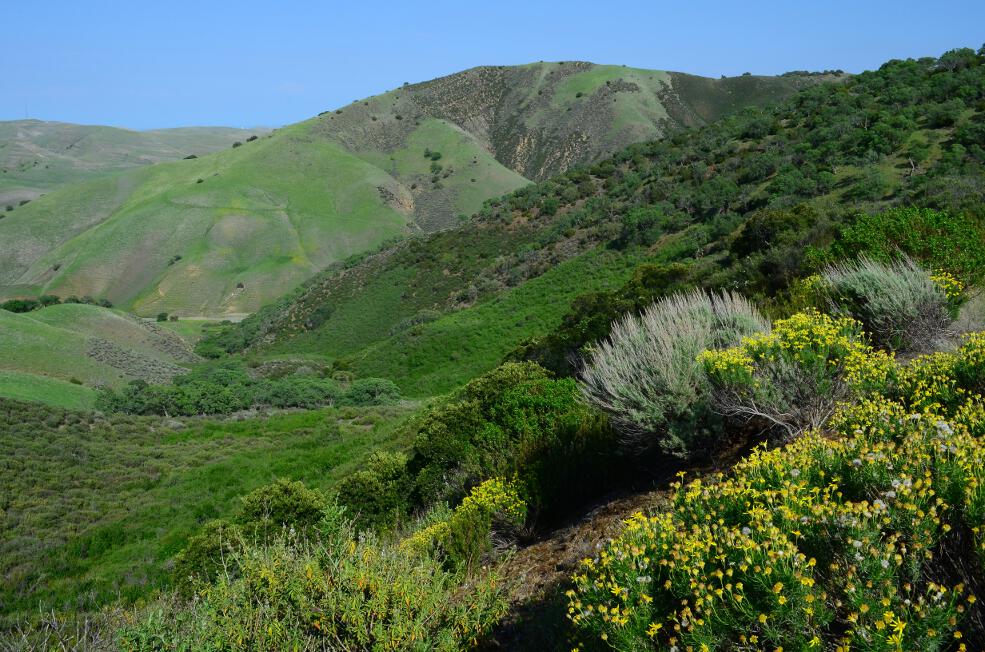
Tesla’s faunal and floristic richness arises in part from its location at the triple-junction of ranges of Coast Range, Eastern California, and San Joaquin Desert species. A recent botanical, ecological, and endangerment analysis of habitats statewide for native plant conservation included the Tesla area among the top conservation priorities for California1. Additionally, Tesla contains irreplaceable cultural resources, including Native Californian archeological and ceremonial sites and the historic town site of Tesla.
OHV recreation inflicts well-documented damage (see sidebar) on natural landscapes and native species, by destroying vegetation cover, in turn leading to wind-borne dusts and erosive flows during wet periods, gullying and sediment deposition into ponds and streams and degrading channel habitat and water quality. Noise, vibrations, and direct collisions kill or drive away birds, mammals, reptiles and amphibians, as well as humans seeking quieter outdoor experiences.
Remember, they are an exotic species in the Western United States, and are rapidly increasing their geographic range and range of habitats. Are they outcompeting or excluding native species in the process? How would we know? We have done almost nothing to monitor changes in the assemblage of mushroom species in areas before and and after the incursion of death caps.
Further Reading
Pringle et al, “The ectomycorrhizal fungus Amanita phalloides was introduced and is expanding its range on the west coast of North America,” Molecular Biology 2009
Lockhart et al, “Simultaneous emergence of multidrug-resistant Candida auris on 3 continents confirmed by whole-genome sequencing and epidemiological analyses,” Clinical Infectious Diseases 2017
Battalani et al, “Aflatoxin B1 contamination in maize in Europe increases due to climate change,” Scientific Reports 2016
Citations: Off-Road Vehicle Recreation and Natural Landscapes
Webb RH, Wilshire HG. 2012. Environmental Effects of Off-Road Vehicles: Impacts and Management in Arid Regions. Springer Science & Business Media; Wilshire HG, Shipley S, Nakata, JK. 1978. Impacts of off-road vehicles on vegetation. pp. 131- 139 in Transactions of the 43rd North American Wildlife and Natural Resources Conference, 1978. Wildlife Management Institute.
Brooks ML, Lair B. Ecological effects of vehicular routes in a desert ecosystem. 2005. Las Vegas, NV, USA: US Department of the Interior, Geological Survey, Western Ecological Research Center.
Bury RB, Luckenbach RA, Busack SD. 1977. Effects of off road vehicles on vertebrates in the California Desert. U.S. Fish and Wildl. Service, Wildlife Research Report 8. 23 pp.
Bury RB, Luckenbach RA. 2002. Comparison of desert tortoises (Gopherus agassizii) in an unused and off-road vehicle area in the Mojave Desert. Chelonian Conservation Biology 4: 457-463.
Bunkley JP, McClure CJW, Kleist NJ, Francis CD, Barber JR. 2015. Anthropogenic noise alters bat activity levels and echolocation calls. Global Ecology and Conservation. 3: 62–71.
Luo J, Siemers BM, Koselj K. 2015. How anthropogenic noise affects foraging. Glob Chang Biol. 21: 3278–3289.35.
Ware HE, McClure CJW, Carlisle JD, Barber JR. 2015. A phantom road experiment reveals traffic noise is an invisible source of habitat degradation. Proc Natl Acad Sci U S A. 112: 12105–12109.
McClure CJW, Ware HE, Carlisle JD, Barber JR. 2016. Noise from a phantom road experiment alters the age structure of a community of migrating birds. Anim Conserv.
The proposed expansion of OHV recreation use into the Tesla parkland would not only destroy its natural and cultural resources, but would also increase the risk to Californians from an extremely serious fungal disease endemic in the area: coccidioidomycosis (San Joaquin Valley Fever).
Construction crews, staff, SVRA recreationists and others in the area would be exposed to dust-borne fungal spores generated by the ongoing motorized activity. In the laboratory, study of coccidioidomycosis requires Biosafety Level 3, the same level required for handling weaponized anthrax3.
Sacrificing Tesla Park is one of the worst public land stewardship decisions that could be made in California in terms of biodiversity and public health. Its replacement by an OHV recreation area endangers not only the environment, but also the health of Californians.
Tesla should be re-designated as a permanently protected, non-motorized preserve. It has been, is and could remain a vital part of California’s natural heritage — sustaining nature and humans, protecting species and cultural resources, and affording research, education, and low impact recreational opportunities available to all members of our society.

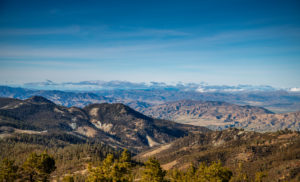
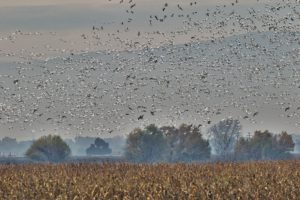
-300x69.jpg)
